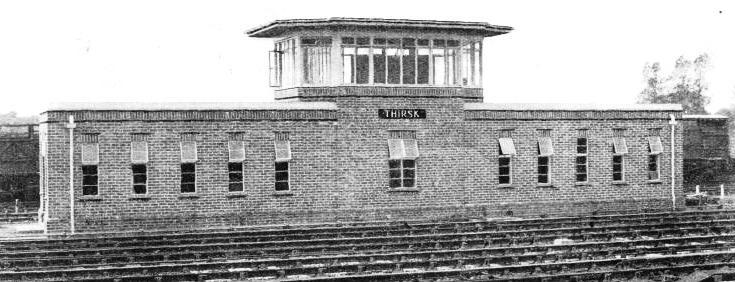The GWR proposed the Dawlish Avoiding Line and a new line to Looe from St. Germans. Earlier the Fishguard boat train route was never completed in full, thanks to many ocean liners being diverted from Liverpool to Southampton and then Irish independence.
The SR wanted a flyover at Exeter St. Davids with its own platforms to the west to reduce conflicts and ease the gradient from Central.
The LMS proposed a new, grand central station in Blackpool to rationalise and consolidate its presence there.
Work started on both, I believe. I'm not sure how far they got on the DAL before the war, but earthworks were definitely completed in the Exeter area. I wonder if part of this was used for the wartime additions to Riverside Yard. Did the SR definitely want their own platforms at EXD, or would they just bypass the station entirely?
Some others come to mind, some mentioned by others:
GWR AC electrification Taunton to Penzance
- This would probably have had to been upgraded by BR, but it may have saved a lot of the branches (sunk cost fallacy?)
LSWR quadrupling of East Putney line
- I suspect this would have been lost to rationalisation in the 60s-80s
GWR quadrupling Taunton to Exeter
- Difficult to say whether this would have survived rationalisation in the 80s. We, of course, got 5 stations with passing loops and quadruple track for nearly 7 miles, but all has been lost. Only Cogload flyover remains.
LBSCR AC electrification to Brighton
- If the SR had continued this scheme (remember, they kept electrifying AC until 1925, and it lasted til 1928), we may have ended up with two different systems of electrification. If both survived the 60s, they would probably now be too ingrained to remove either!
LSWR/SR Six-tracking to Wimbledon (?)
- Don't know much about this one, but we may have seen a lot more suburban services, if Waterloo could cope. I'm also not sure what Clapham Junction would look like, possibly another platform adjacent to P7? This wouldn't be very conducive to fast running, so track ordering might have been different. Depends how Wimbledon flyover came about in this universe.
SR DC electrification to Weymouth and Exeter
- A robust EMU service from the 1930s would have completed very strongly with the GWR (Exeter) and provided better boat trains (Weymouth). New schemes that were never proposed may have come about, and the landscape of these lines would be much different. Salisbury to Exeter would probably have been remained under BR (S) and kept its double track, or if given to BR (W) for some reason, it would possibly be closed fully.
Of course, most of these plans were abandoned well before BR due to the war(s), grouping, and other reasons.
There are also lots of proposed railways that never got built, but possibly those aren't worth mentioning. They call it Railway Mania for a reason!


